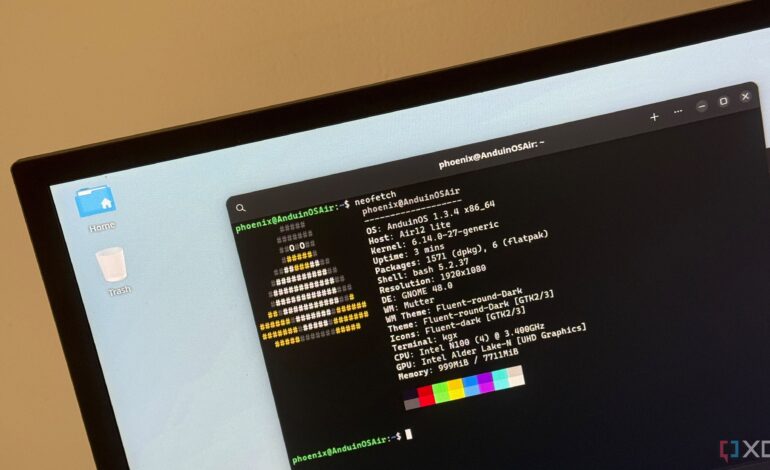Enhance Your Linux Experience with These Four Performance Tweaks

The Linux operating system is renowned for its stability, flexibility, and performance, largely due to its robust kernel. Users often find that the default settings work well for a variety of tasks, but certain adjustments can significantly enhance system performance. Here are four key tweaks that can optimize your Linux experience.
Adjusting CPU Frequency Scaling
One effective way to improve performance is by adjusting how the Linux kernel manages CPU frequency. The operating system typically scales the CPU frequency dynamically based on current load, which is optimal for balancing performance and power consumption. However, for users who require maximum CPU performance consistently, switching to a performance governor can be beneficial.
To set all CPU cores to performance mode, tools like cpupower or turbostat can be utilized. Alternatively, a simple command in a custom script can achieve the same outcome. It is important to note that maintaining the CPU at higher frequencies will lead to increased power consumption. For portable devices, using the power-profiles-daemon allows for toggling between different power profiles to manage battery life effectively.
Optimizing I/O Scheduling
Another critical area for performance enhancement is I/O scheduling, which optimizes disk access requests. Even with high-speed solid-state drives (SSDs), accessing data remains slower compared to random access memory (RAM). By adjusting the I/O scheduler, users can improve response times and throughput.
Linux offers several I/O scheduler options, each with specific advantages. For servers or virtual machines that primarily rely on I/O, switching to either the deadline or noop schedulers can reduce CPU overhead. The deadline scheduler organizes requests into two separate queues for reading and writing, while noop places I/O requests into a first-in-first-out (FIFO) queue, minimizing overhead.
It’s essential to keep in mind that modern Linux installations using the Multi-Queue Block IO Queueing Mechanism (blk-mq) may not reflect changes for NVMe drives, which could affect expected performance improvements.
Enhancing CPU Utilization
The CPU scheduling algorithm known as Earliest Eligible Virtual Deadline First (EEDVF) is integrated into the Linux kernel and serves to manage task scheduling efficiently. While this algorithm is generally effective, users looking for improved responsiveness might consider utilizing CFS Zen tweaks for systems equipped with Ryzen processors or the system76-scheduler tool to adjust priorities for interactive tasks automatically.
For server environments, implementing CPU pinning can provide further optimization by assigning specific processors or threads to designated CPU cores, enabling more efficient task management. Before making these adjustments, it is advisable to conduct performance benchmarks to assess the impact of any changes.
Tweaking Kernel Parameters with sysctl
Users can also enhance performance by adjusting various kernel parameters through the sysctl interface. This tool allows for quick modifications to parameters, enabling users to create a more responsive computing environment. For instance, altering vm.dirty_ratio and vm.dirty_background_ratio can influence how Linux manages data flushing from the page cache to disk, which is particularly useful during heavy write operations.
In addition, network buffers can be fine-tuned using net.core.rmem_max and net.core.wmem_max. Control groups, or cgroups, allow users to specify how much CPU or I/O resources particular workloads receive, providing a more controlled environment for resource allocation.
Monitoring changes is crucial to understanding their impact on system performance. Using tools like btop for resource usage, sar for historical performance data, and OCCT for benchmarking can help users verify the effectiveness of their tweaks.
By implementing these adjustments, Linux users can tailor their operating system to meet specific performance needs. While most Linux distributions are already highly efficient, the ability to customize the kernel further emphasizes the operating system’s flexibility and strength.






